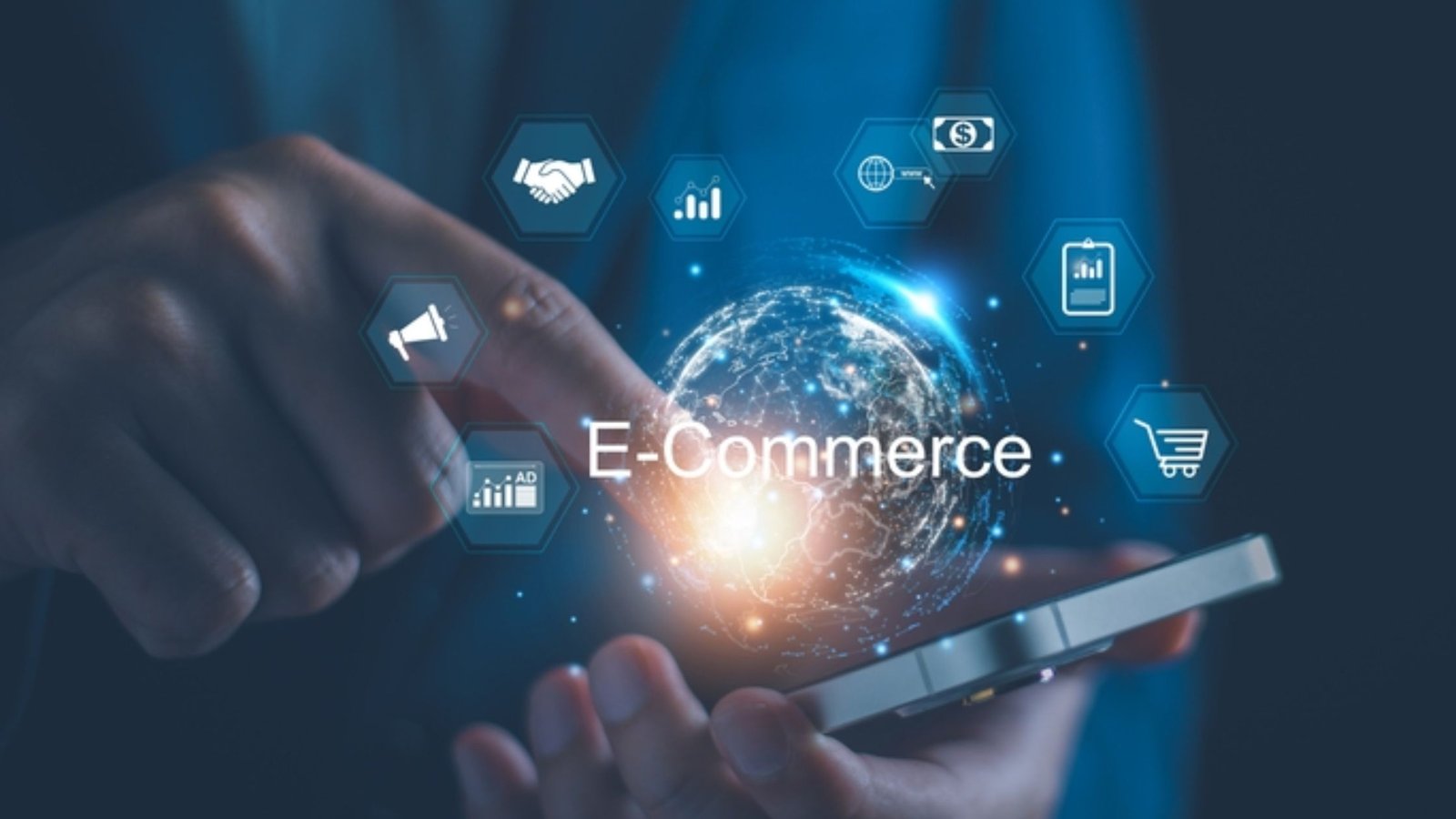The eCommerce environment has changed significantly over the past ten years due to technological factors and changes in consumer behavior. For future strategic growth, the online retail industry continues to adopt various advanced trends and innovations that are revolutionizing companies’ operating models and consumers’ shopping behavior. Below is a look at what the future of eCommerce looks like and what trends are shaping this industry.
1. Personalization And AI-Driven Shopping Experience
People acting as consumers nowadays demand customized experiences, including shopping, and this trend is projected to grow in the future. Such personalized interactivity is significantly boosted by artificial intelligence (AI). From recommendation engines to variable pricing and customized home pages, AI equips online retailers to meet customer needs and provide them with a more relevant shopping experience.
For example, applied predictive analytics allows modern businesses to predict what kind of merchandise customers will need in the future based on their past shopping habits and make products available before people know they need to buy them. Salespeople are also going virtual with virtual shopping assistants and AI chatbots that help the user navigate the purchase funnel.
2. Voice Commerce
Nowadays, smart home devices such as Amazon Alexa, Google Homes, and Apple’s Siri are standard, and voice commerce is the new reality in the eCommerce market. It is essential to point out that voice searches are becoming more popular, with customers using voice instructions to search for a product, check the price of a particular product, and purchase it.
Voice commerce gives one-handed control and thus makes the entire shopping process easier. Grocers and other stores are positioning their online presence and item listings appropriately for voice search, recognizing that voice queries and search terms are not the same as typed textual content search terms. With the development of voice recognition technology, the integration of voice into eCommerce is going to become more natural.
3. Augmented Reality (AR) and Virtual Reality (VR)
Virtual Reality and Augmented Reality are the latest ways customers can connect with products online. AR is also used for product visualization, where customers can see products as they are placed in their environment for shopping. This applies to furniture, fashion, and home decor. A current example would be IKEA’s AR application, which lets you visualize what a piece of furniture would look like or how it would fit in your living room.
Similarly, VR through simulation is making shopping convenient for customers as they can buy and try out goods through the available technologies without visiting a physical store. This means that as AR and VR technologies become affordable, these tools will bridge the gap between real and virtual retail environments.
4. Sustainability And Eco-Friendly Practices
In recent times, consumers have become more environmentally conscious, and this has led to sustainability becoming the driving force of eCommerce in the future. Consumers are now looking for eco-friendly brands, from sourcing and production to packaging and even delivery.
This is why retailers are working towards providing clear information about how their products impact the environment. Today, social features like carbon footprint tracking tools or eco-friendly delivery options allow consumers to make better decisions about sustainability.
5. Social Commerce
Social networks are becoming a critical externally driven factor in the e-commerce environment. Indeed, the shopping process that takes place within social media—or social commerce, as it is known—is on the rise. Instagram, Facebook, TikTok, Pinterest, etc., have introduced shopping features that enable customers to make purchases within the app.
This trend is characterized by the integration of social activities with e-shopping. Social commerce involves influencers, customer content, and word-of-mouth, turning social networks into practical sales tools. Shoppable posts, Stories, and live streams are among the platforms that brands are using to popularize, sell products, and get more intimate with the user.
6. Omnichannel Retailing
Therefore, the future of e-commerce is not just e-shopping but a blend of virtual and physical shopping experiences. Omnichannel retailing guarantees a consistent customer experience whether a shopper makes a purchase in-store, online, or via a mobile application.
Consumers have benefited from brands’ omnichannel strategies, which include click-and-collect options, real-time inventory availability, and customer service available across touchpoints. The goal is to offer customers a seamless shopping experience that would take them to a physical store.
7. Blockchain and Cryptocurrency
With the help of blockchain and cryptocurrency, eCommerce has a lot of potential to change shortly. Blockchain has features that can bring about a change in traditional integrated online transactions; this is due to the decentralized system, supply chain security, and traceability, which, again, reduce fraudulent activities.
Cryptocurrency is still in the early stages of implementation in online retail; however, as people are becoming more aware of the availability of digital currencies like Bitcoin and Ethereum, the use of crypto in purchasing products is gradually increasing. The possibility of using cryptocurrencies in online payments expands the buyer base while increasing the level of security in financial operations.
8. Fast And Flexible Delivery Options
Consumers expect products to reach them as quickly as possible, hassle-free, and at their convenience. Same-day delivery, drone delivery, and the use of self-driving cars are transforming the supply chain of e-commerce. Some companies like Amazon and Walmart have already implemented services with Amazon consulting experts that allow customers to receive goods on the same day or even two-hour delivery service in specific areas.
Also, ‘pick up and return,’ as well as flexibility in delivery options, are becoming a concern in the new normal future. This brings more convenience to customers as they can select a delivery window, pick up the order at a local locker or store, and even track their shipment in real time.
9. Subscription Models
To offer their products, more and more companies are adopting the concept of subscription services in various sectors, such as fashion and beauty, food, and entertainment. The potential models offer continuous revenue to companies, convenience to customers, and personalized assortment to consumers.
Services such as Birchbox or Hello Fresh are products that send subscription boxes containing items based on people’s preferences. This is not only a way to expand the existing customer base and maintain consumers’ interest but also provides added value and a sense of discovery with each new delivery.
10. The Rise of Marketplaces
Currently, online marketplaces, including Amazon, eBay, and Alibaba, are popular in the eCommerce industry. However, there are also specialized marketplaces that target a particular sector or group of consumers. These platforms provide small businesses with access to the market and give consumers more options.
Marketplaces have transformed over time from simple sales channels to reflect the changing dynamics of the market. They are platforms for creating customer interactions, product experiences, and even satisfying brand narratives. It is logical to assume that a greater number of specialized marketplaces will emerge in the future to provide targeted information to clients.
Conclusion
In the following years, e-commerce is expected to be a promising sector that will undergo a lot of changes following the development of new technologies and changing customer preferences. Companies that are ready to connect with these trends and utilize the currently available technologies will succeed in this new era of e-tail.
With trends such as personalized approach to shopping, voice-based commerce, AR, and incentives for sustainability at the center, the next ten years will be recognized as ten years of transformation for e-commerce. That said, it is clear that as retailers strive to diversify and enhance their services, consumers can only expect a shopping experience that is not only seamless but also more comprehensively surrounded by technology than ever before.




